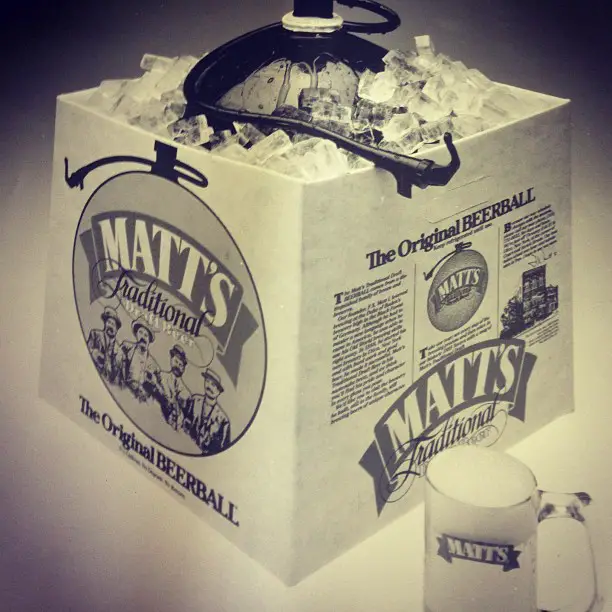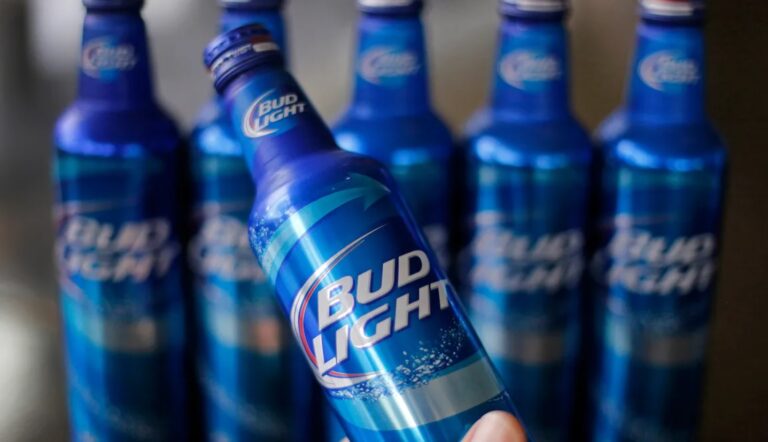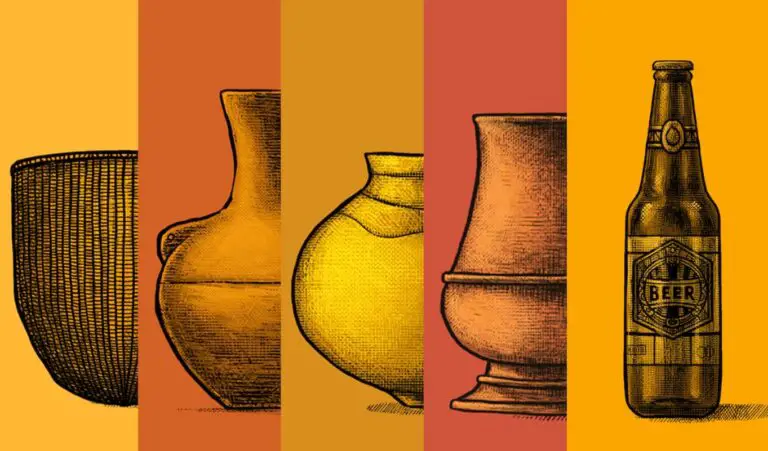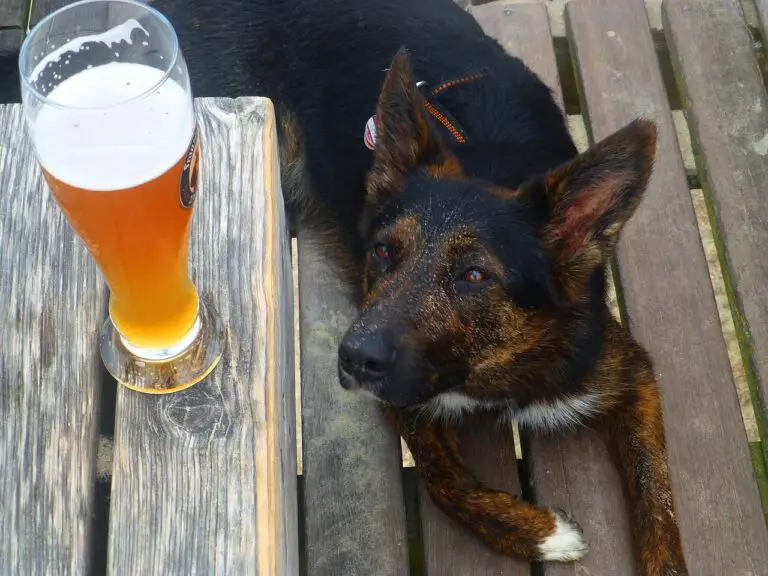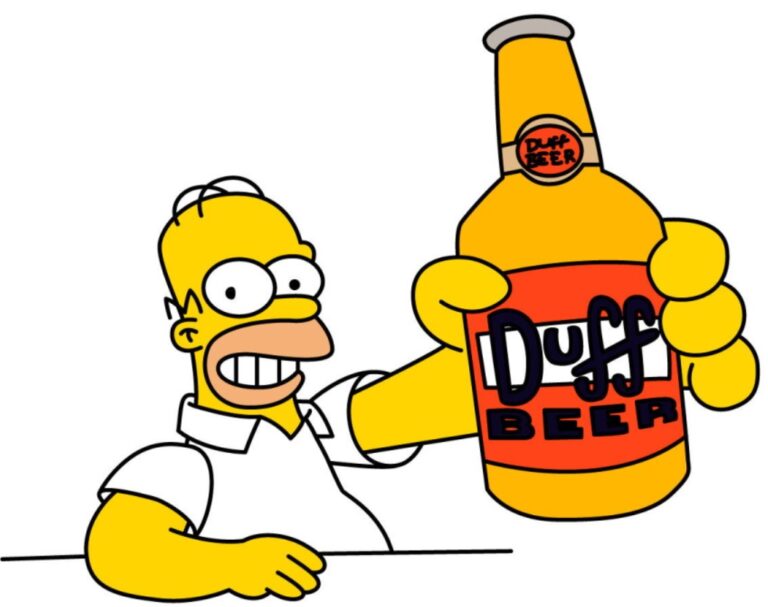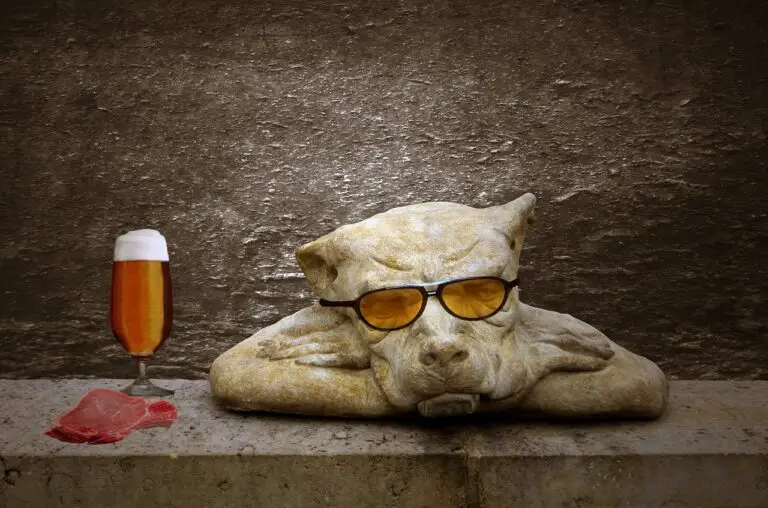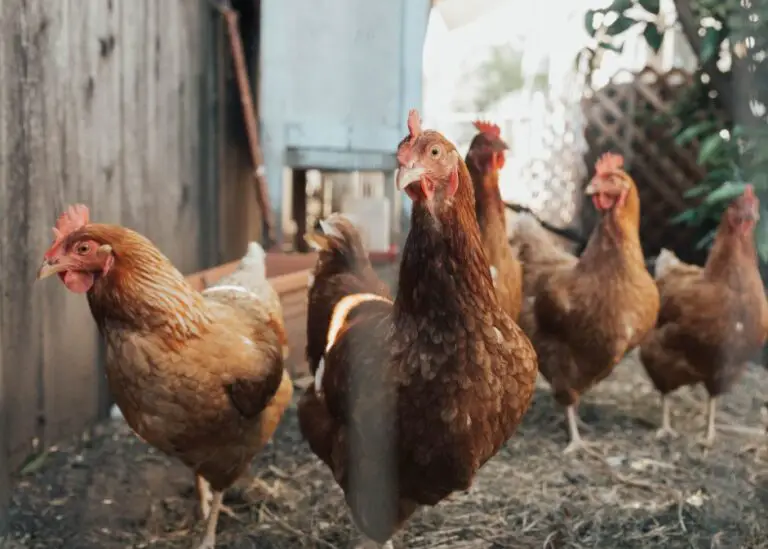Can You Still Buy Beer Balls?
Beer balls were the life of the party back in the 1970s and all the way to the early 2000s. If you’ve been to a party back then, you know beer balls – they were FUN!
If you had beer from a beer ball, you might not remember it (yeah, they were HUGE), but even if you do, you may still wonder: what are beer balls? Can you still buy beer balls? Are they still around?
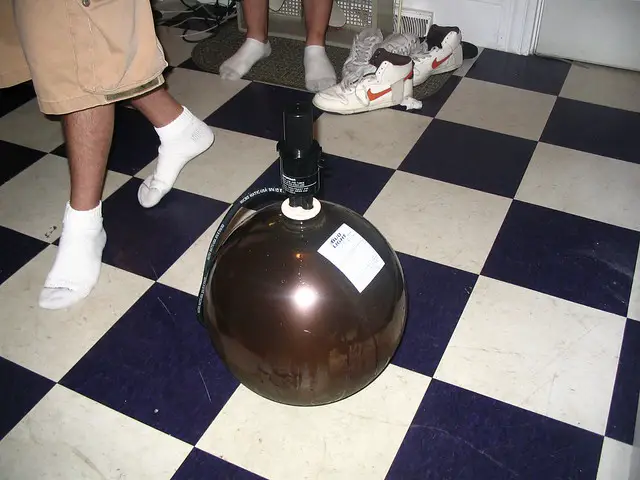
What Are Beer Balls?
Let’s start with the most basic question – what the hell are beer balls? Are they balls made of beer or something? No, beer balls are simple spherical containers for beer.
Beer balls are disposable containers for beer, usually with a volume of 55 12-ounce beers or 19.5 liters. Usually, they have the capacity of 1/3 of a standard beer keg. With a little more than 5 gallons of draft beer and more than two cases of 12-ounce bottles, beer balls were the star of every party. Just attach a small tap, let the foam blow off, and enjoy all the beer you want!
Follow us on Instagram!
Beer balls were portable – some partygoers even installed them in their car just to enjoy a pint of beer while on the road (let’s not get into the legal aspect). Because they were easy to move around and made of plastic (so they don’t break easily), beer balls were everywhere during their heyday in the 1980s. Everyone wanted a beer ball to enjoy with food at small parties, college parties, gatherings, small events, and even wedding!

Beer Balls – A Short, Round History
The history of beer balls, also known as beer party balls, dates back to the mid-1970s. The concept of a portable, compact beer container emerged as a response to the demand for more convenient ways to serve draft beer at parties and events. Beer balls were designed to be easier to use and move around when compared to beer kegs.
The introduction of beer balls is often credited to the F.X. Matt (Saranac) Brewing Company, based in Utica, New York, which launched them in 1976. The public was shocked by the amazing idea, and everyone loved them. In just a few years, Coors Brewing Company, one of the major American breweries, launched its own version. Other beer brewers followed suit, with Genesee and Anheuser-Busch launching their own beer balls.
They were widely available in the United States during the 1970s and 1980s, often featuring the iconic “Silver Bullet” branding associated with Coors. The beer ball came in a cardboard box, was easy to use, and everyone gathered around it at parties. You filled the empty space around it in the box with ice, and you got a decent amount of cheap beer for everyone to enjoy.
Some came with their own taps, but most didn’t – you had to put in your own beer tap. But that was not a problem for most beer drinkers. They were easy to use and move around, so you could enjoy a beer outside, on the beach, at picnics, and anywhere else.
Prices were reasonable – in 1987 when you could get them virtually anywhere, including at party stores, the prices were around $16 for Matt’s Beerballs or up to $19 for Genesee Draft Balls, which had a Light beer or Genny Cream Ale.
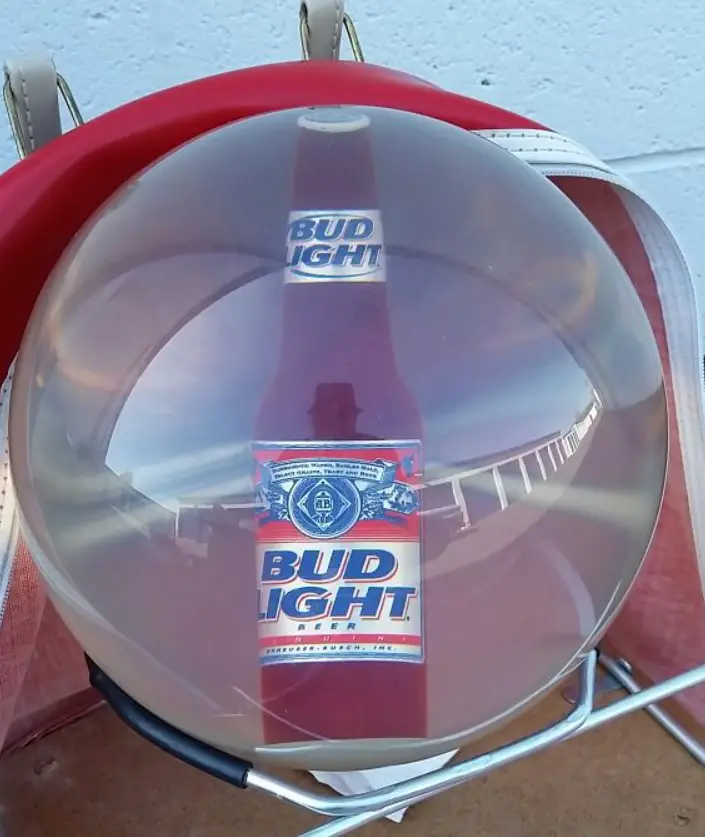
The Fall Of The Beer Ball
Even cool things come to an end, right? Right?…
Despite their initial success, beer balls began to decline in popularity as the years passed. Several factors contributed to their decline, including the rise of more convenient and eco-friendly packaging options, such as aluminum cans and plastic bottles. Additionally, the standard keg design remained prevalent for larger events and venues.
The reasons for their fall were complex. The simple version is that they were simply niche products, and the big players in the industry were not interested in them anymore. Sure, they were popular among partygoers, but sales were not so high to keep them commercially viable. They used a lot of space in beer refrigerators, the taps were difficult to use, and they often had to be bought separately.
Prices were also a problem. While initially, they were affordable and quite attractive – you could get the equivalent of 55 beers for less than $16 in 1986, prices rose during the 1990s. During the late 1990s, beer balls sold for almost $30, which was too much for the average partygoer who wanted cheap beer in large amounts.
Even during their heyday, beer balls had only a fraction of the market share. For instance, in 1986, the entire beer market in the United States was estimated at 190 million barrels, while beer ball sales were at a maximum of 100,000 barrels. This is 0.0005 percent of the market, which says A LOT about beer balls. They were niche products, popular among a few partygoers. Big brewers were simply not interested anymore.
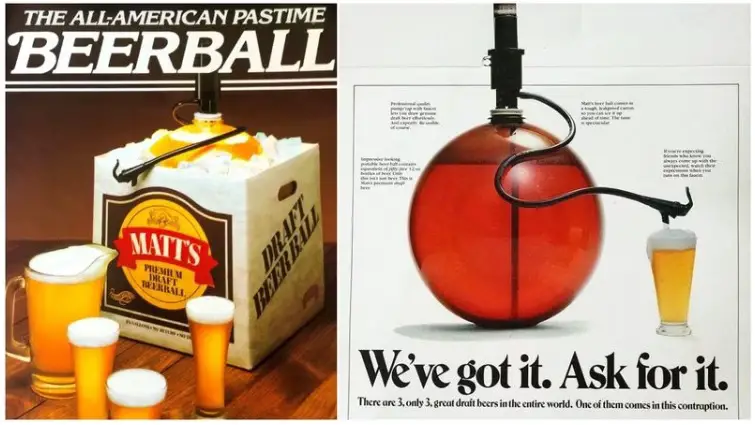
Beer Balls Now – Can You Still Buy Beer Balls?
Beer balls, as they were usually made and sold back in the 1970s and 1980s, are no longer available. There’s no prohibition on them, they were simply not economically viable. The initial inventors of the beer ball are still brewing beer, but the beer balls are no longer on their offer. For instance, F.X. Matt (Saranac) Brewing Company is still around, but they sell their beers in cans and bottles.
Are Coors Beer Balls Still Available?
No… the last beer balls were sold in 2007 by Coors, which also sold a smaller version of the beer ball until 2011, the Coors Light Homedraft Beer Ball. This beer ball was much smaller, with a capacity of 1.5 gallons (or 5.7 liters).
To Wrap It Up…
Original beer balls are no longer available at retailers but used beer balls are popular among collectors and beer enthusiasts. Beer balls in decent condition often sell for hundreds of dollars per unit. Beer balls that come with their original taps or cardboard boxes sell for even more and are highly sought after.
So, in a way, you can still buy beer balls, but you really have to find them at auctions, garage sales, or online forums where some enthusiasts may sell them. Good luck!

I am a young architect with a passion that goes beyond blueprints… it’s beer! undertherosebrewing.com is more than just a blog, it’s a manifestation of my lifelong dream to explore, read, and learn everything about beer. Join the blog on this unfiltered and genuine adventure into the heart of beer culture. Cheers!

